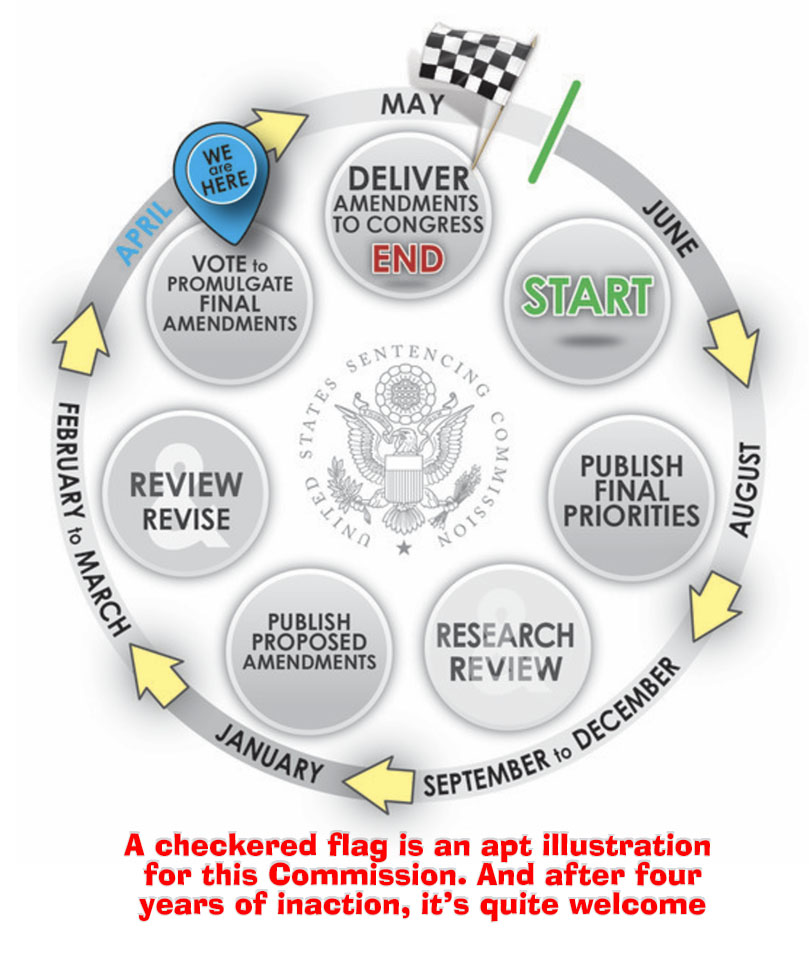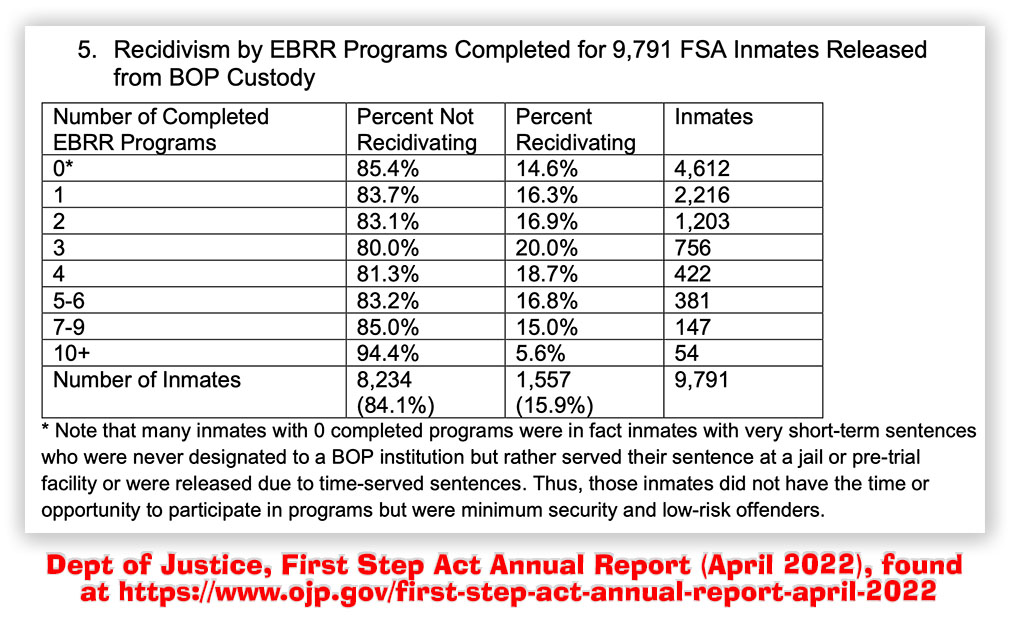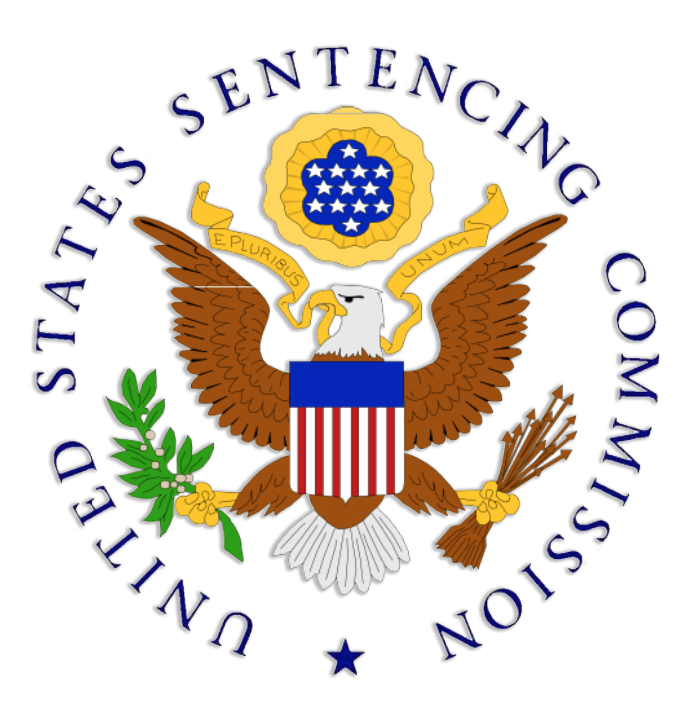We post news and comment on federal criminal justice issues, focused primarily on trial and post-conviction matters, legislative initiatives, and sentencing issues.

EASTER BUNNY DROPS OFF ROTTEN EGGS FOR ME, BUT IT’S THE BOP’S RESPONSE THAT REALLY SMELLS
 In LISA’s February 28th installment, The Easter Bunny’s Working for the BOP, I noted a New York Times report about the Federal Bureau of Prison’s promise, in the wake of sexual abuse of female inmates by BOP staff at FCI Dublin (California) and elsewhere, to favorably consider bringing sentence reduction motions for victimized inmates.
In LISA’s February 28th installment, The Easter Bunny’s Working for the BOP, I noted a New York Times report about the Federal Bureau of Prison’s promise, in the wake of sexual abuse of female inmates by BOP staff at FCI Dublin (California) and elsewhere, to favorably consider bringing sentence reduction motions for victimized inmates.
In one of the first tests of that promise, the Times reported the BOP general counsel denied a compassionate release application filed by a middle-aged female inmate who claimed the sexual abuse she suffered from BOP personnel justified the grant of a sentence reduction.
The Times said that BOP officials familiar with the case privately admitted that they did not dispute her allegations and thought her release would not pose a public safety threat.
Somehow, I made it less than clear that the BOP thought the inmate would not pose a danger to the public. In fact, I dropped the word “not” from the reports, making it seem that the BOP saw her as a danger.
(Don’t bother to look at the old post. I fixed it).
 Back in journalism school (around the time Gutenberg invented the press), I learned that when a defendant was acquitted, one should always write that he or she was “found innocent.” Literally, a jury does not find a defendant innocent, but rather “not guilty.” However, the imprecision was deemed acceptable, because to use the more accurate “not guilty” ran the risk that the word “not” might be dropped in error, opening the newspaper to a libel suit.
Back in journalism school (around the time Gutenberg invented the press), I learned that when a defendant was acquitted, one should always write that he or she was “found innocent.” Literally, a jury does not find a defendant innocent, but rather “not guilty.” However, the imprecision was deemed acceptable, because to use the more accurate “not guilty” ran the risk that the word “not” might be dropped in error, opening the newspaper to a libel suit.
I always thought that the risk of that was pretty slim. Now I know better, and I am chagrinned at the error.
I’m embarrassed, but not as much as the BOP should be. What the BOP’s decision on this inmate means is that it had absolutely no reason for denying the inmate’s request that it bring a compassionate release motion on her behalf, except for the BOP’s belief that while she suffered at the hands of BOP employees, her suffering just wasn’t bad enough for the BOP to acknowledge.
So exactly how bad does the abuse have to be before the BOP figures some atonement is called for?
Incidentally, last week former FCI Dublin Warden Ray Garcia was sentenced to 70 months on multiple counts of sexual abuse of female inmates, and Jose Viera, a CO at MDC Los Angeles, got 120 months in federal prison for deprivation of rights under color of law arising from his sexual abuse of a female detainee. BOP Director Colette Peters said last Thursday that “to the victims and all negatively impacted by these offenses, be assured, we will continue our commitment to rooting out this criminal behavior and holding those who violate their oath accountable.”
 The BOP has an interest in locking up employees who sexually abuse inmates. Notably, Director Peters mentioned nothing about any BOP concern for the impact of that conduct on the victims. After all they’re just inmates. Or, to use Ms. Peters’s expression, “adults in custody.”
The BOP has an interest in locking up employees who sexually abuse inmates. Notably, Director Peters mentioned nothing about any BOP concern for the impact of that conduct on the victims. After all they’re just inmates. Or, to use Ms. Peters’s expression, “adults in custody.”
I regret my error in the original story, and I owe the inmate the best pickings from my Easter basket (if I get one). Sadly, if I could give her no more than a couple of jelly beans and a chocolate bunny, it would still be more than she can expect from the BOP.
The New York Times, Justice Dept Struggles to Carry Out Early Release Program for Abused Inmates (February 22, 2023)
DOJ, Former Bureau of Prisons Corrections Officer Sentenced to 10 Years in Federal Prison for Sexually Assaulting Inmate in Los Angeles Jail (March 20, 2023)
BOP, Statement regarding the sentencing of Ray J. Garcia (March 23, 2023)
– Thomas L. Root






















